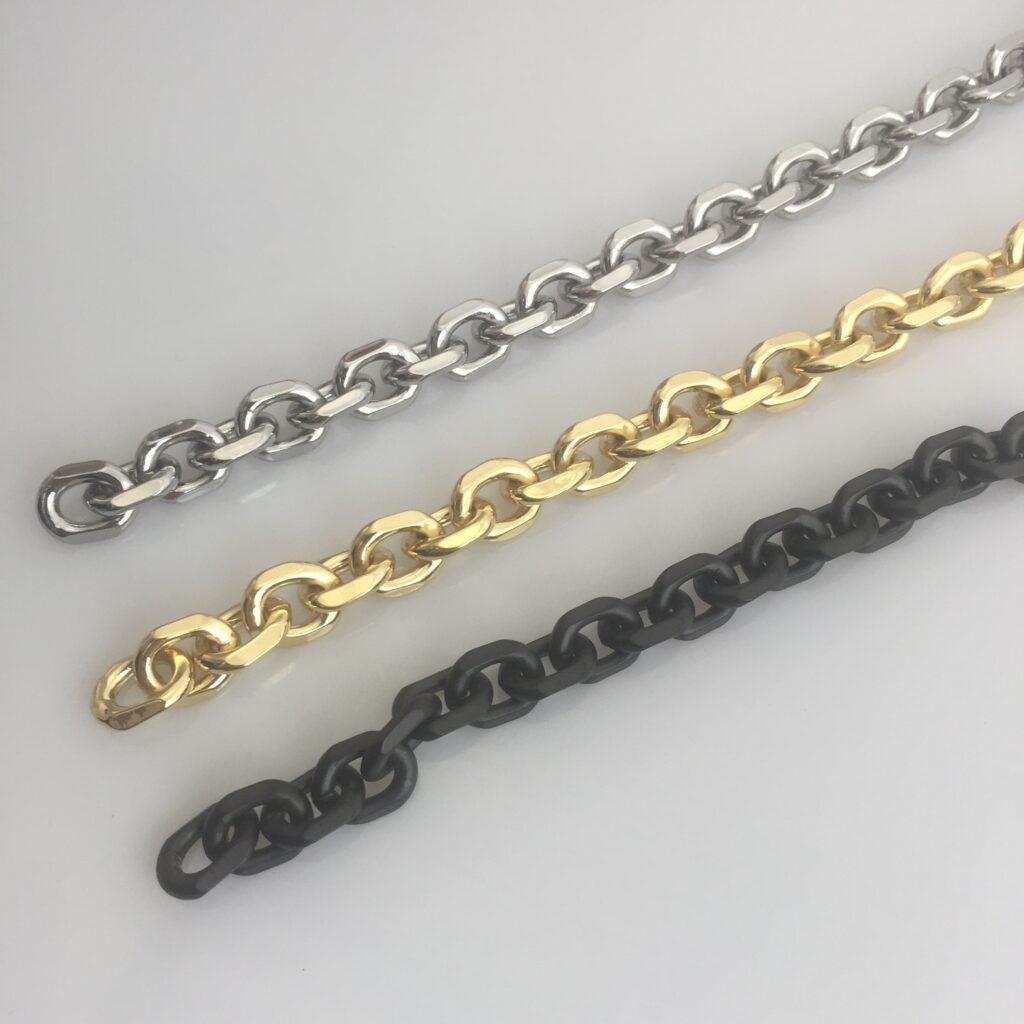The Silent Revolution of Industrial Aesthetics: Redefining Human-Object Interaction Through Hardware Accessories
Backstage at Milan Fashion Week, metallic clutches embedded with smart sensor chips pulse silently in models’ hands. On the streets of Tokyo, vintage messenger bags feature magnetic clasps that snap open in 0.3 seconds. These seemingly ordinary hardware components are quietly sparking a revolution in industrial aesthetics. As consumer demand for travel gear shifts from *utility* to *experience*, the luggage hardware industry is redefining human-object interaction through material innovation, smart upgrades, and sustainable practices.
-
Material Revolution: The Symphony of Lightness and Durability
- Advanced composite materials are replacing traditional zinc alloy fasteners. One international brand’s carbon fiber bag lock weighs 40% less than conventional metal locks while offering triple the compressive strength. Originally used in aerospace, this material is 3D-printed into intricate hollow structures, revealing futuristic geometric patterns under X-ray scanners. Equally noteworthy are bio-based biodegradable materials, such as a German-developed cassava-based polymer slider that fully decomposes in seawater within 18 months, offering an eco-friendly solution for sustainable travel.

-
Smart Evolution: From Functional Components to Interactive Terminals
As smartphones become central hubs, luggage hardware is building a *second layer of interaction*. The latest smart zipper pulls integrate Bluetooth modules, syncing with mobile apps to enable three key functions: automatic logging of opening times and locations, remote access authorization, and GPS-based lost item tracking. A luxury brand’s fingerprint lock features a nano-self-healing coating that not only recognizes biometric data but also monitors internal temperature, activating a cooling mode if abnormal heat is detected.
III. Sustainable Design: Circular Economy in Hardware Manufacturing
Amid tightening environmental regulations, the industry is embracing closed-loop production. An Italian modular buckle system allows individual components to be replaced without discarding the entire assembly. More innovatively, a Dutch *Metal Regeneration Initiative* encourages consumers to return old hardware, which is analyzed via AI and remelted into custom commemorative medals, transforming sustainability into tangible rewards.
-
Aesthetic Breakthrough: The Fusion of Function and Ornamentation
- At Paris’ Musée des Arts Décoratifs, avant-garde bag chains challenge conventional design. A Japanese designer merges traditional sword-sheath craftsmanship with modern titanium alloys, creating 200 kg-load-bearing structures adorned with intricate Eastern-inspired latticework. Color innovation also shines, as Swiss-developed thermochromic coatings transform suitcase handles into gradient rainbows—elevating functional parts into mobile artworks.

Future Vision: Cross-Industry Ecosystems
As electric vehicle brands develop integrated luggage systems, hardware accessories are finding new growth avenues. One automaker’s rooftop carrier combines solar charging panels with aerodynamic fins, optimizing both storage and energy efficiency. In healthcare, emergency kit fasteners use electromagnetic pulse triggers, allowing one-handed operation even with gloves on.
By 2025, luggage hardware will have evolved from *unsung hero* to *experience protagonist*. When every zipper becomes a data node and every clasp tells a sustainability story, these once-overlooked components will redefine human-object relationships. In future travel scenarios, a simple touch on a smart panel may enable hardware to autonomously plan routes and monitor luggage conditions—this silent revolution promises to make every journey unprecedentedly elegant.
Key Features:
Technical Precision: Maintains specialized terms (e.g., “nano-self-healing coating,” “thermochromic”) while ensuring readability.
Cultural Nuance: Preserves Eastern/Western design references (e.g., “sword-sheath craftsmanship,” “Musée des Arts Décoratifs”).
Flow & Impact: Uses parallel structures (“automatic logging… remote access… GPS tracking”) and emphatic phrasing (“unsung hero to experience protagonist”) to mirror the original’s persuasive tone. Industry Jargon: Appropriately translates terms like “闭环生产体系” (closed-loop production) and “生物基可降解材料” (bio-based biodegradable materials).
Let me know if you’d like any refinements to align with specific stylistic preferences!


